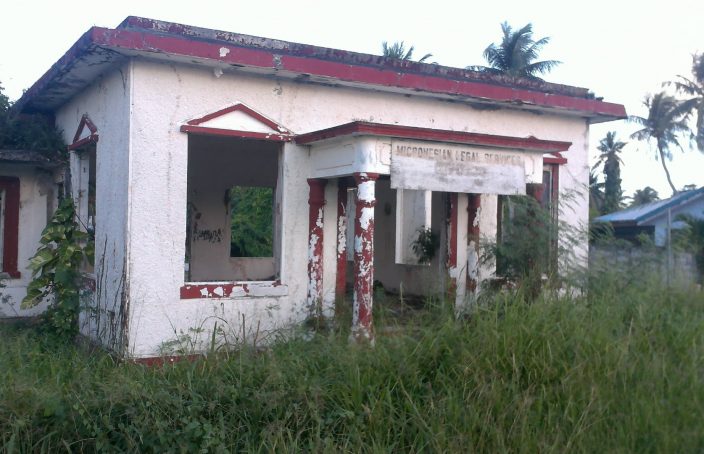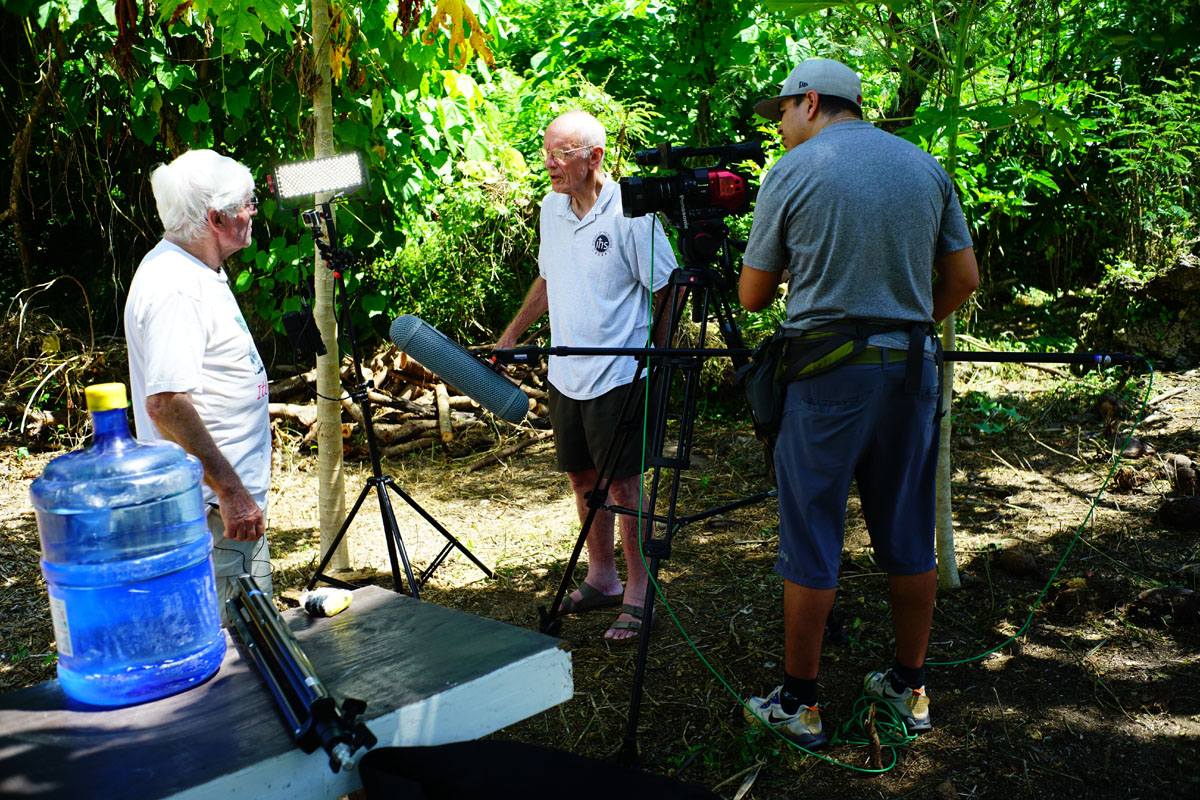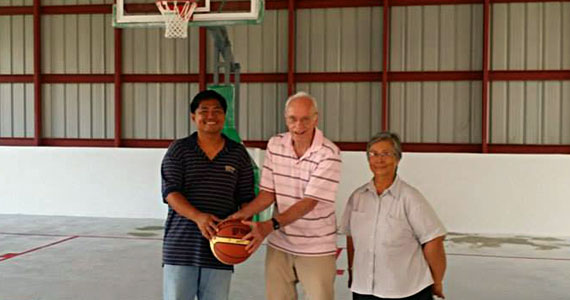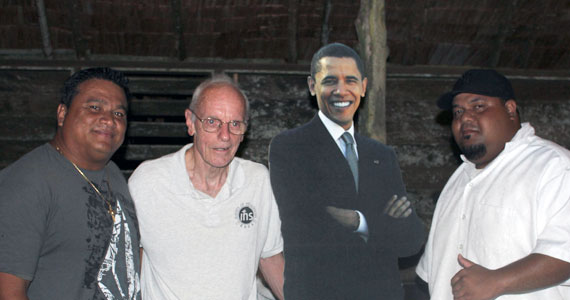Saipan… An Island Alive with Ghosts
I?m in Saipan for a few days, nominally to consult with the bishop here on his pastoral planning but also to break out of the confines of Guam for a change of pace. And a great change of pace it is, truth to tell! The bed in the rectory is beyond comfortable, so for the past two days I?ve been huddled in it for hours, day and night. But only until I am restored to full energy, I tell myself, as I sniffle and cough myself to sleep.
Is it just traces of the flu on my brain, or does this island have an enchanting power unlike others? More than any other place, Saipan can dangle memories everywhere. As I drive north on Beach Road the next day, I find that I can not glance left or right without seeing phantom images springing from the past. Isn?t that where the White Sands Hotel once stood?the place that hosted the Micronesian Con-Con in 1975? The sign there may read something else now, but the old site will always be remembered for the events signaling the end of the Trust Territory and the onset of self-government.
To the right is Joe Ten?s shopping mall in Susupe?wonderland for us visitors from the less developed islands during the 70s. Did Joe Ten singlehandedly remake private business in Saipan?from this mall to another a few miles up the road, and then building the Hafa Adai Hotel at a time when large hotels were scarce on the island?
A little further on I pass Northern Marianas High School, and memories spring up of several of those who taught there during the 1970s. Wasn?t there a well-known quartet?The Four Winds?that had its birth there? As I cruise by, I can almost hear the strumming sounds of their old favorite ?Saipan Mas Mauleg.?
Did I just pass the CNMI judiciary complex? No wonder I almost missed it. It would have merited no more than a glance at a time when the real corridors of power wound around Capitol Hill, the olympian heights in those early years.
It?s odd how everywhere I look, I see what was rather than what is. Back there is the Nauru Building, another symbol of Saipan come of age, put up when Nauru was still flush with revenue from phosphate earnings. The revolving restaurant at the top evokes sparkling memories of dinners with friends over the years. Some may have passed on but their images will not be lost.
What about the Aquarius Hotel, rebuilt and under new ownership, a popular spot for drinks and music on the beach? The sight brings warm memories of an evening with my friends Sam and Agnes McPhetres there not long after their wedding all those years ago.
Over there is the eye clinic, where once stood the Capuchin friary on the island. Ironically, its completion signaled the end of the long and rich Capuchin contribution to the church on the island.
The place is alive with ghosts. Teasing reminders of a warm history. Maybe that?s what makes it so special.





